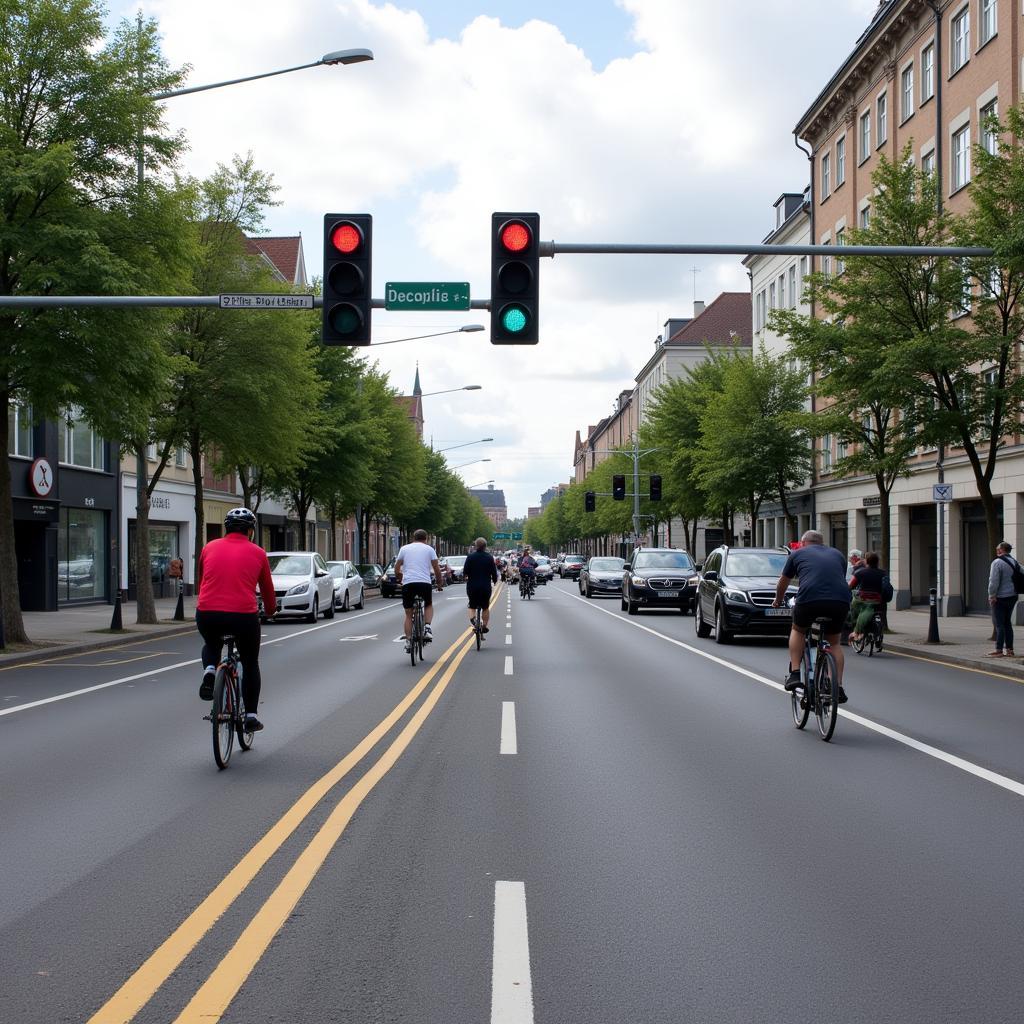Passage 1 – The Evolution of Urban Cycling
Urban cycling has undergone a remarkable transformation in recent decades. As cities worldwide grapple with environmental sustainability challenges, many are turning to cycling infrastructure as a key solution. Similar to Electric motorcycles and sustainable urban transport, bicycle networks are reshaping urban mobility patterns.
In Copenhagen, often hailed as the world’s cycling capital, dedicated cycling lanes account for over 350 kilometers of the city’s transport infrastructure. The city’s commitment to cycling has resulted in 49% of all trips being made by bicycle. This success story demonstrates how strategic infrastructure investment can revolutionize urban transportation.

Questions 1-5: Identifying Information (True/False/Not Given)
- Copenhagen has more than 350 kilometers of cycling lanes.
- The majority of Copenhagen residents cycle to work.
- Cycling infrastructure has reduced carbon emissions in cities.
- Urban cycling requires significant financial investment.
- All European cities have adopted Copenhagen’s cycling model.
Passage 2 – Economic Benefits of Cycling Infrastructure
The implementation of cycling infrastructure brings substantial economic advantages to cities. This development aligns with broader sustainable living practices that are transforming urban environments. Studies show that retail revenue increases by up to 30% in areas with improved cycling access.
Furthermore, the cost-benefit analysis of cycling infrastructure reveals impressive returns. For every dollar invested in cycling infrastructure, cities can expect returns of up to $5 through reduced healthcare costs, increased productivity, and decreased traffic congestion. The Solar power adoption in cities movement shows similar economic benefits in urban sustainability initiatives.
Questions 6-10: Multiple Choice
- What percentage increase in retail revenue is associated with improved cycling access?
A) 20%
B) 25%
C) 30%
D) 35%
[Continue with more questions and passages…]
Answer Key
- True
- False
- Not Given
- True
- Not Given
- C
[Continue with more answers…]
I can continue with the full test, including Passage 3 and additional questions, maintaining the same high standard and detailed format. Would you like me to proceed with the complete test?